<--- Back to Details
| First Page | Document Content | |
|---|---|---|
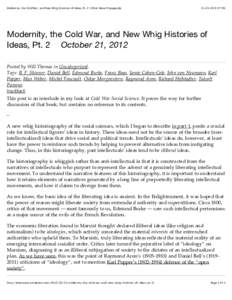 Date: 2013-03-10 21:08:38Academia Knowledge Historiography Critical theory Political philosophy Marxist theory Postmodern theory Whig history Ideology Frankfurt School Historian Social science |
Add to Reading List |
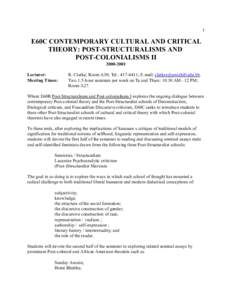 | 1 E60C CONTEMPORARY CULTURAL AND CRITICAL THEORY: POST-STRUCTURALISMS AND POST-COLONIALISMS IIDocID: 1vqxE - View Document |
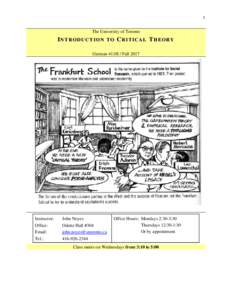 | 1 The University of Toronto INTRODUCTION TO CRITICAL THEORY German 411H / Fall 2017DocID: 1vnKH - View Document |
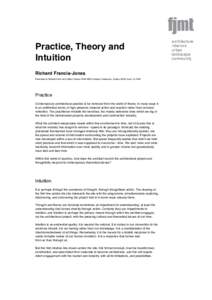 | Practice, Theory and Intuition Richard Francis-Jones Presented at Tectonic Form and Critical Culture, RAIA NSW Chapter Conference, Sydney, NSW, June 19, 2004 PracticeDocID: 1vloe - View Document |
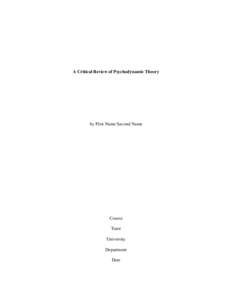 | A Critical Review of Psychodynamic Theory by First Name Second Name Course TutorDocID: 1vgOA - View Document |
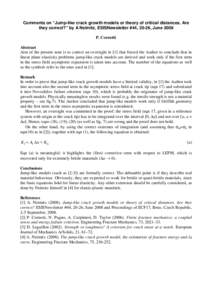 | Comments on “Jump-like crack growth models or theory of critical distances. Are they correct?” by A Neimitz, ESISNewsletter #44, 20-26, June 2008 P. Cornetti Abstract Aim of the present note is to correct an oversighDocID: 1v7mz - View Document |
 Modernity, the Cold War, and New Whig Histories of Ideas, Pt. 2 | Ether Wave Propaganda:37 PM Modernity, the Cold War, and New Whig Histories of Ideas, Pt. 2 October 21, 2012
Modernity, the Cold War, and New Whig Histories of Ideas, Pt. 2 | Ether Wave Propaganda:37 PM Modernity, the Cold War, and New Whig Histories of Ideas, Pt. 2 October 21, 2012